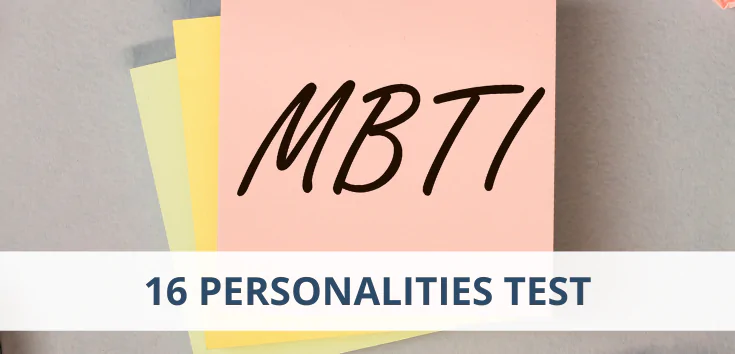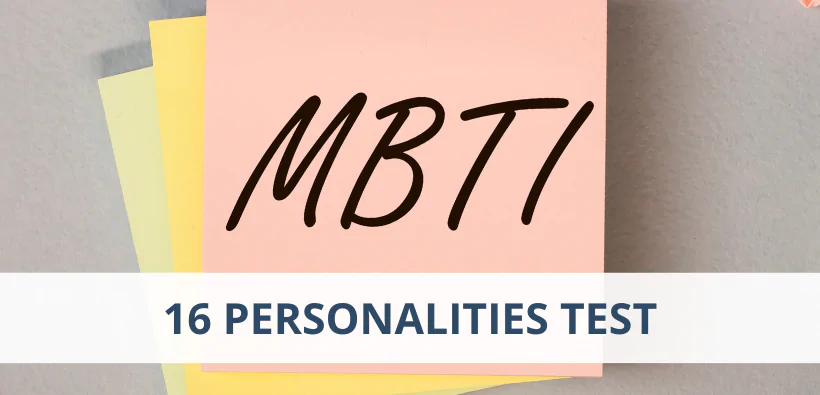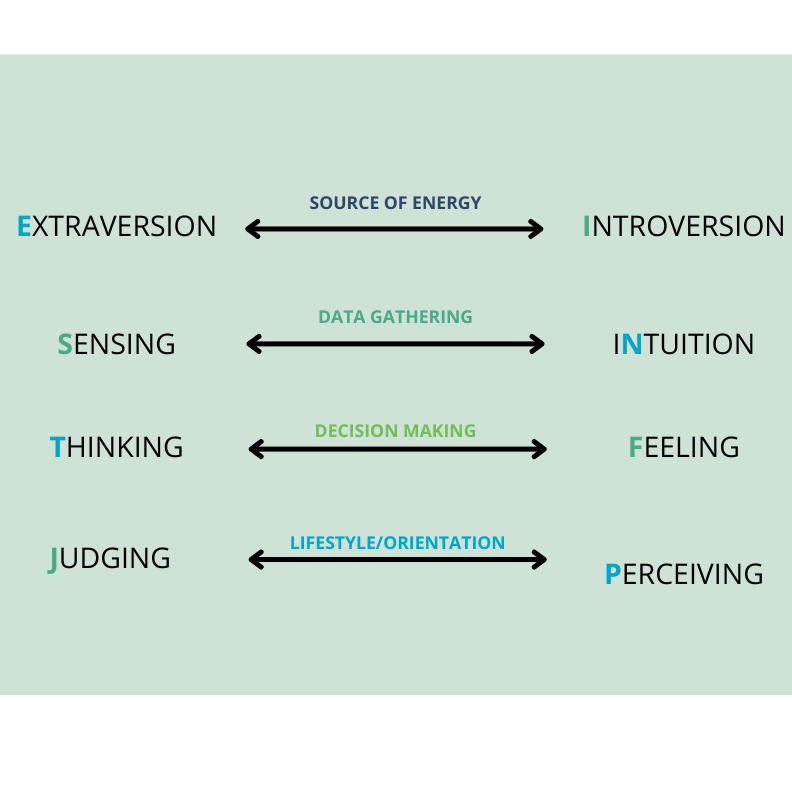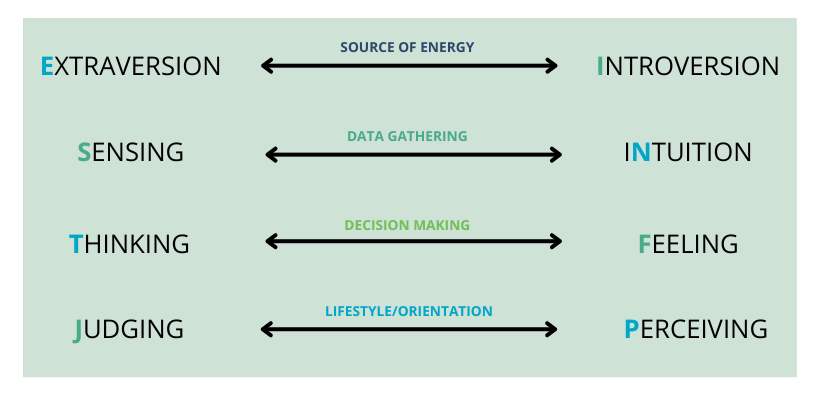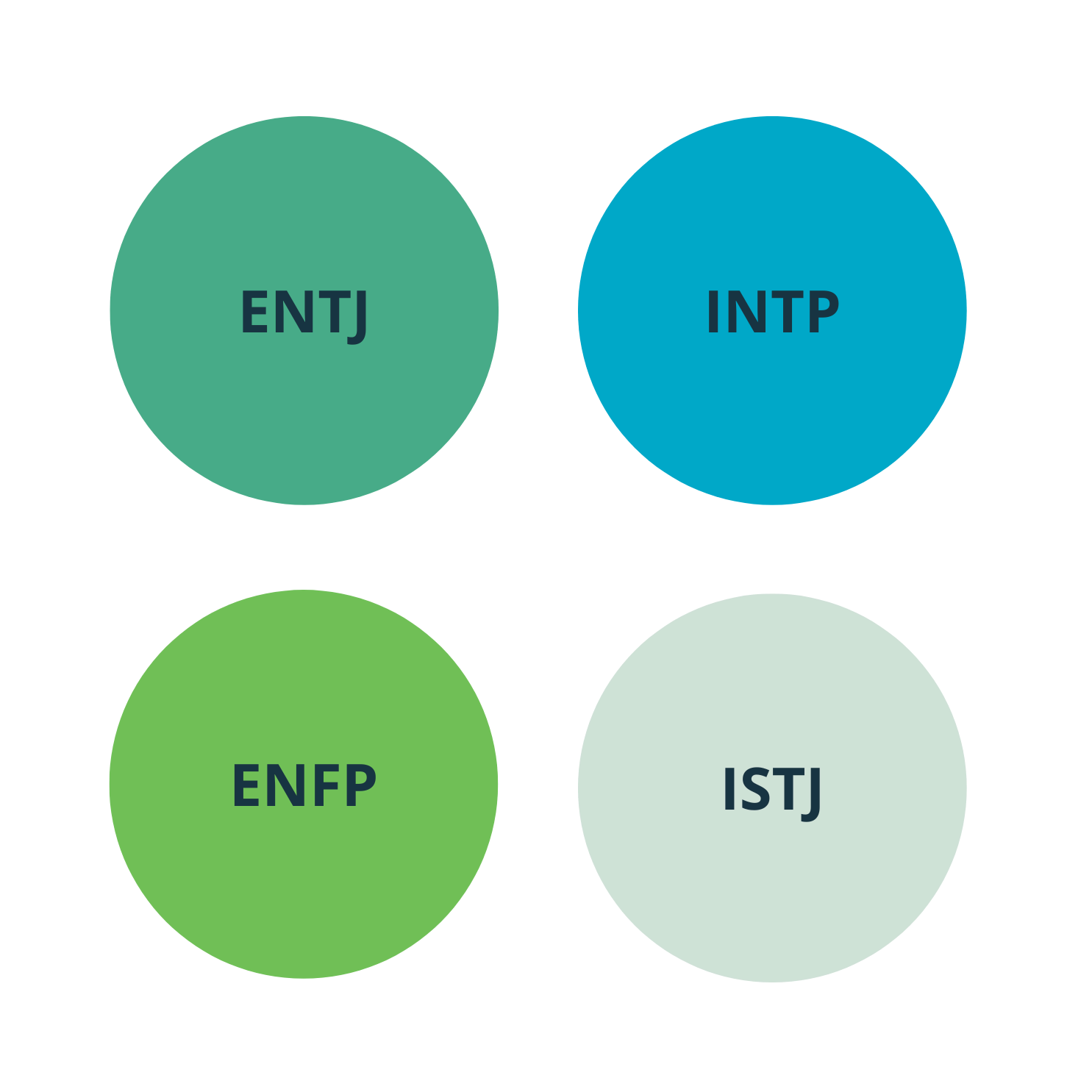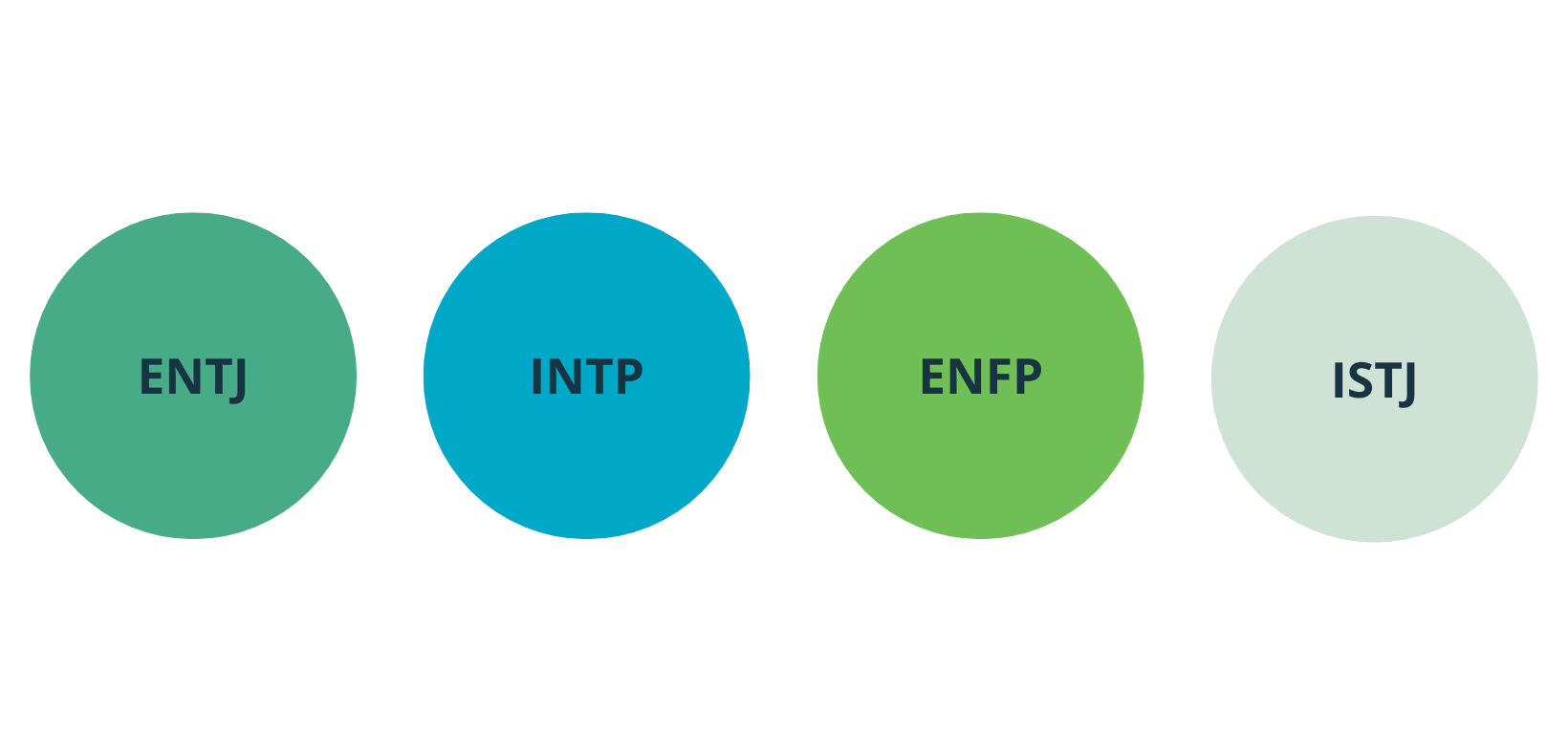The 16 personalities test, also known as the Myers-Briggs Type Indicator (MBTI), is a psychological personality test developed to identify and describe individual personality types. It was developed by Katharine Cook Briggs and her daughter Isabel Briggs Myers.
The origin of the test can be traced to the work of Carl Gustav Jung, a Swiss psychiatrist and psychologist who developed the theory of psychological types. Katharine Cook Briggs and Isabel Briggs Myers were inspired by Jung's ideas and began developing their own theories and concepts in the 1920s. The test was further developed and refined over many years in collaboration with various researchers and psychologists. Initial versions were tested in the 1940s and finally published in its current form in the 1960s.
